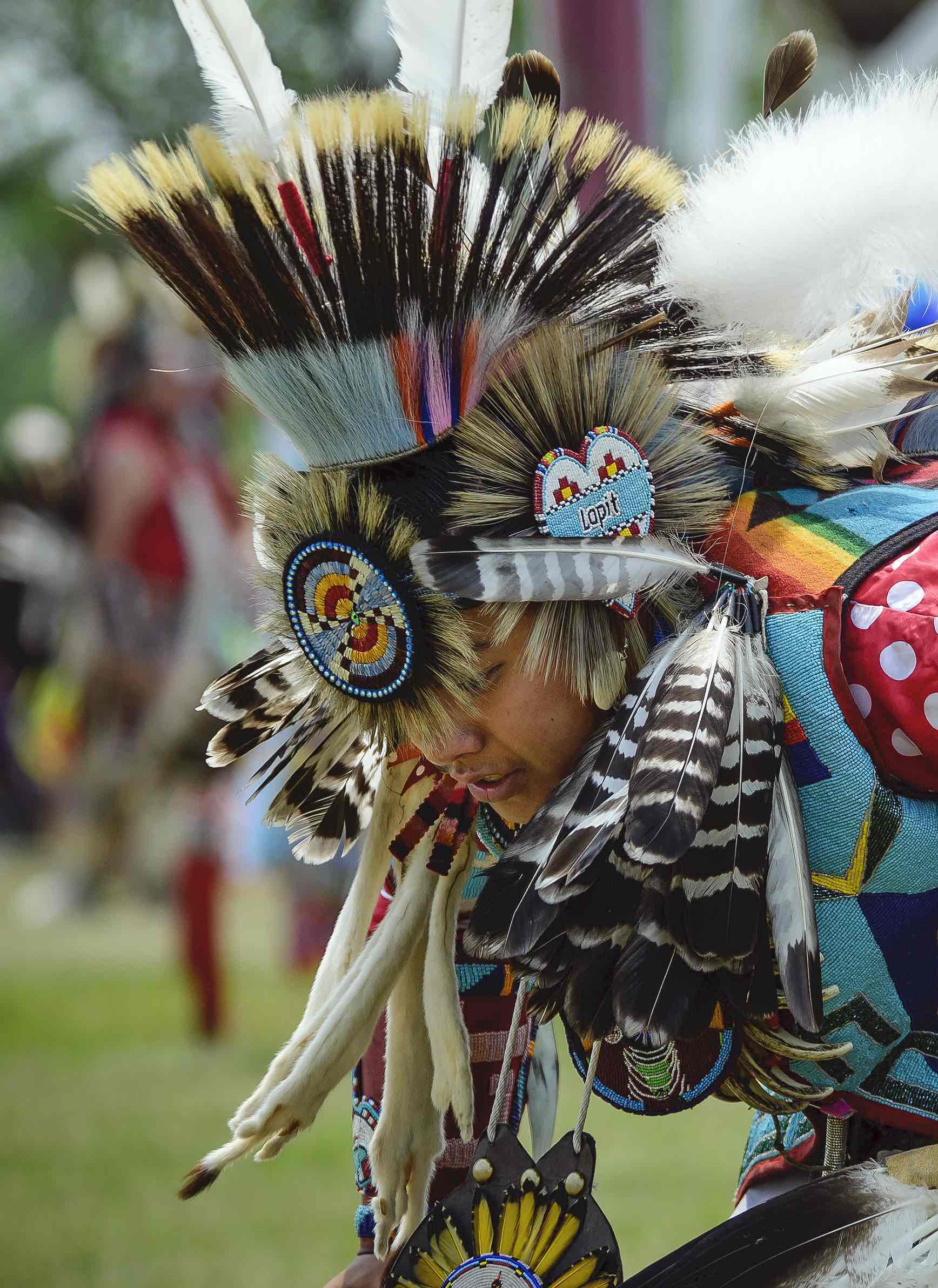
For Kids: Native Americans in South Dakota
In this lesson, learn about how Native Americans lived and their culture today. There are two lessons and two activities, including making a miniature tipi and coloring a picture of Dignity.

In this lesson, learn about how Native Americans lived and their culture today. There are two lessons and two activities, including making a miniature tipi and coloring a picture of Dignity.